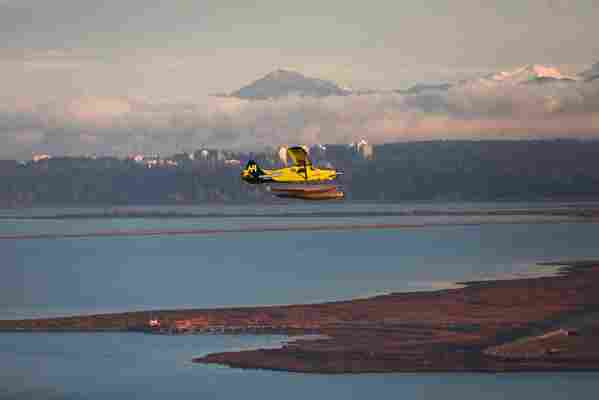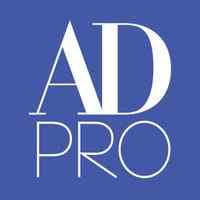As aviation companies around the world look to lessen the carbon footprint of air travel, their focus has turned to electric propulsion. But until this past Tuesday, electric commercial planes existed only in theory. On the morning of December 11, Vancouver-based Harbour Air changed the game with the first successful test flight of an all-electric aircraft. Piloted by the airline’s founder and CEO, Greg McDougall, a 1956 de Havilland Beaver seaplane dubbed the ePlane, which had been retrofitted with a 750-horsepower magni500 motor by MagniX, took off from Harbour Air’s dock on the Fraser River in Richmond, British Columbia, flying for a total of four minutes.
“I’ve been convinced for some time that the future of transportation generally—and certainly aviation—is electric,” McDougall tells AD. His airline was the first in North America to go carbon neutral, in 2007, so it’s no surprise that it’s a pioneer for zero-emission aircraft. The challenge facing airlines seeking to go green with propulsion is that current technology leaves electric engines relatively weak for their weight, a major problem for larger planes. The engines also have short battery life. But neither issue is a barrier for Harbour Air—it operates small aircraft, primarily de Havilland Beavers and Turbo Otters, that fly short-haul routes across the Pacific Northwest. Some 70 percent of those routes are about 30 minutes in length, which works well for today’s electric engine technology.

The ePlane during its groundbreaking test flight on December 10, 2019.
Thus Harbour Air is a unique position to pursue an all-electric fleet—the company’s ultimate goal—which it will do by converting the planes it already owns. “It is significantly more cost- and time-effective to convert one of our existing aircraft than to develop a brand-new prototype,” says McDougall. “The aircraft that we’re flying have been around for many, many years, and for us to be able to retrofit with an electric engine kind of short-circuits the whole development of having to build an aircraft around the electric motor, which makes things extremely more simple in terms of certification.”
The ultimate resource for design industry professionals, brought to you by the editors of Architectural Digest

Tuesday’s test flight of the ePlane is the first step in the certification process, which Harbour Air anticipates will take one to two years. After that, the retrofits can begin for the rest of the fleet, and passengers will be able to travel by air without any impact on the environment.
